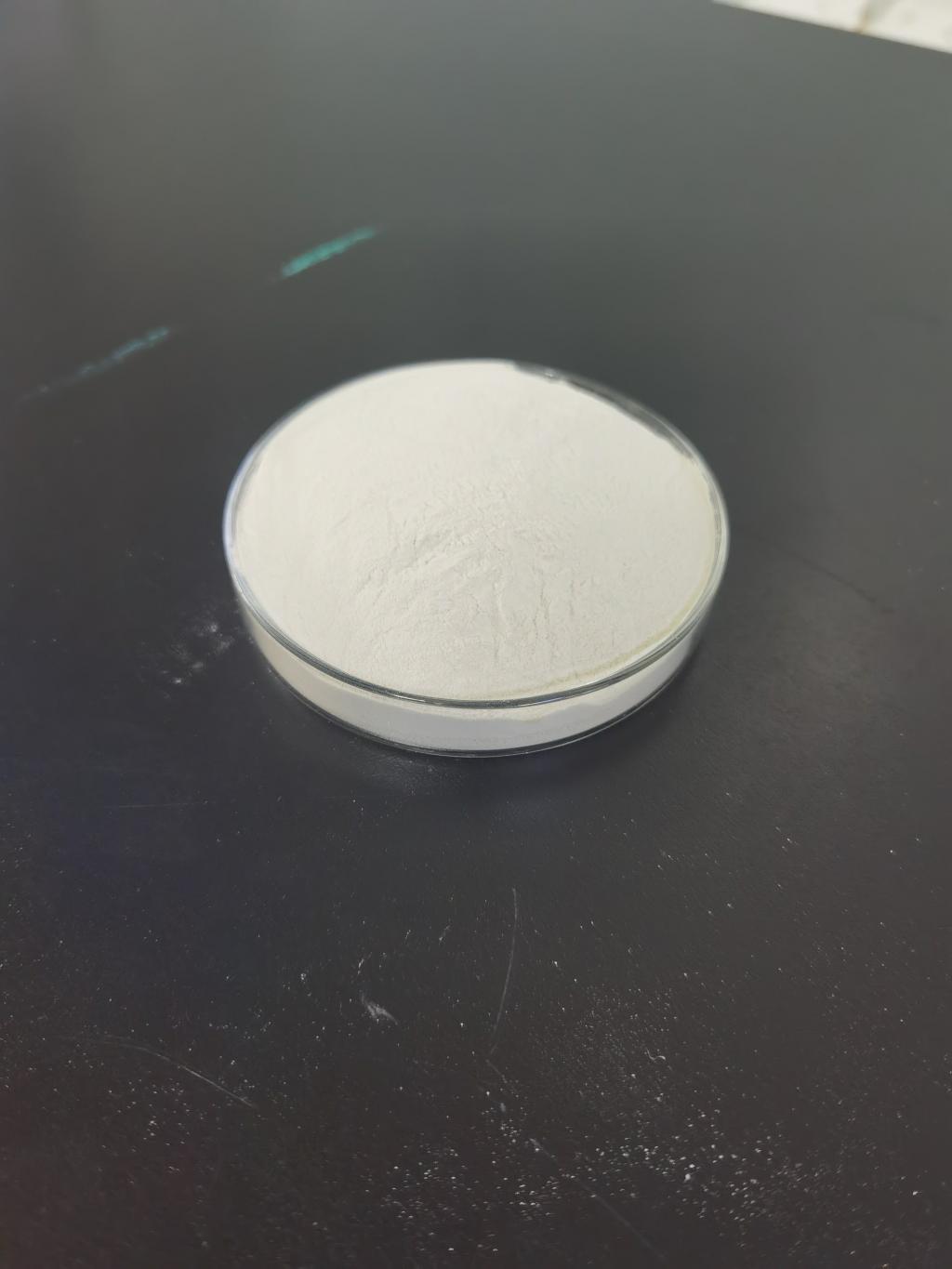Tel:+8618231198596

News
 CONTACT
CONTACT
 CONTACT
CONTACT
- Linkman:Linda Yao
- Tel: +8618231198596
- Email:linda.yao@dcpharma.cn
- Linkman:CHARLES.WANG
- Department:Overseas
- Tel: 0086 0311-85537378 0086 0311-85539701
News
Current Position:
Home >
News
>Nisin's effectiveness against bacteria makes it a key ingredient in food safety.
Nisin's effectiveness against bacteria makes it a key ingredient in food safety.
TIME:2024-03-22
Properties of Nisin:
Nisin possesses several properties that contribute to its efficacy as a food preservative:
Antimicrobial Activity: Nisin exhibits potent antimicrobial activity against a broad spectrum of Gram-positive bacteria, including Listeria monocytogenes, Staphylococcus aureus, Bacillus cereus, and Clostridium botulinum. Its ability to inhibit the growth of these pathogens makes it an invaluable tool in controlling foodborne illnesses and extending the shelf life of perishable foods.
Stability: Nisin is relatively stable under a wide range of pH levels, temperatures, and processing conditions commonly encountered in the food industry. This stability ensures its effectiveness throughout various food manufacturing processes, including pasteurization, sterilization, and storage.
Synergistic Effects: Nisin demonstrates synergistic effects when used in combination with other antimicrobial agents, such as organic acids and bacteriocins, further enhancing its antimicrobial potency. This synergism allows for the reduction of the overall concentration of preservatives while achieving optimal microbial control.
Mechanisms of Action:
The antimicrobial activity of nisin primarily stems from its ability to disrupt bacterial cell membranes. The key mechanisms of action include:
Pore Formation: Nisin interacts with lipid II, a precursor molecule involved in bacterial cell wall synthesis, leading to the formation of pores in the cell membrane. These pores disrupt the membrane integrity, causing leakage of cellular contents and ultimately cell death.
Disruption of Membrane Potential: Nisin disrupts the transmembrane electrochemical gradient essential for bacterial cell function by dissipating the membrane potential. This disruption impairs essential cellular processes, including nutrient uptake and energy production, leading to bacterial growth inhibition.
Alteration of Cell Morphology: Exposure to nisin can result in significant morphological changes in bacterial cells, including cell shrinkage, membrane blebbing, and cytoplasmic condensation, further compromising cell viability.
Applications of Nisin in Food Preservation:
Nisin finds widespread applications across various sectors of the food industry for preserving a wide range of food products:
Dairy Products: Nisin is commonly used in the preservation of dairy products, such as cheese and yogurt, to inhibit the growth of spoilage microorganisms and pathogens, thereby extending their shelf life while maintaining product quality.
Meat and Poultry: In the meat and poultry industry, nisin is utilized to control the growth of pathogenic bacteria, including Listeria monocytogenes and Clostridium perfringens, reducing the risk of foodborne illnesses associated with these products.
Ready-to-Eat Foods: Ready-to-eat foods, such as canned soups, sauces, and packaged meals, often incorporate nisin as a preservative to prevent microbial spoilage during storage and distribution, ensuring product safety and consumer satisfaction.
Beverages: Nisin can be added to beverages, including fruit juices and soft drinks, to inhibit the growth of spoilage bacteria and yeast, thereby extending their shelf life and maintaining product freshness.
Regulatory Aspects and Safety Considerations:
The regulatory approval of nisin varies across different countries and regions. In the United States, nisin is generally recognized as safe (GRAS) for use as a food additive, with specific limitations on its maximum allowable levels in different food categories. Similarly, the European Union permits the use of nisin as a food preservative, subject to strict safety evaluations and maximum residue limits.
Despite its generally favorable safety profile, some considerations should be taken into account when using nisin in food products. These include:
Allergenic Potential: While nisin is not commonly associated with allergic reactions, individuals with hypersensitivity to dairy products may exhibit cross-reactivity due to its microbial origin. Proper labeling of food products containing nisin is essential to inform consumers with allergies.
Development of Resistance: Prolonged exposure to sublethal concentrations of nisin may promote the development of bacterial resistance, potentially compromising its effectiveness over time. To mitigate this risk, prudent use practices and rotation with other antimicrobial agents are recommended.
Future Perspectives:
The ongoing research on nisin continues to explore its potential applications and optimize its efficacy in food preservation. Future developments may focus on:
Enhanced Formulations: Research efforts aim to develop novel formulations and delivery systems to improve the stability and efficacy of nisin in diverse food matrices, including encapsulation techniques and nanotechnology-based approaches.
Combination Strategies: Investigating synergistic interactions between nisin and other natural antimicrobial compounds could lead to the development of more potent antimicrobial blends for combating microbial spoilage and enhancing food safety.
Conclusion:
Nisin stands as a cornerstone in the realm of food safety, offering a natural and effective solution for controlling microbial contamination and extending the shelf life of perishable foods. Its unique properties, mechanisms of action, and diverse applications underscore its importance in ensuring the safety, quality, and sustainability of the global food supply chain. As research and innovation in this field progress, nisin is poised to remain a key ingredient in the arsenal of food preservatives, facilitating the production of safer and healthier food products for consumers worldwide.
- Tel:+8618231198596
- Whatsapp:18231198596
- Chat With Skype







